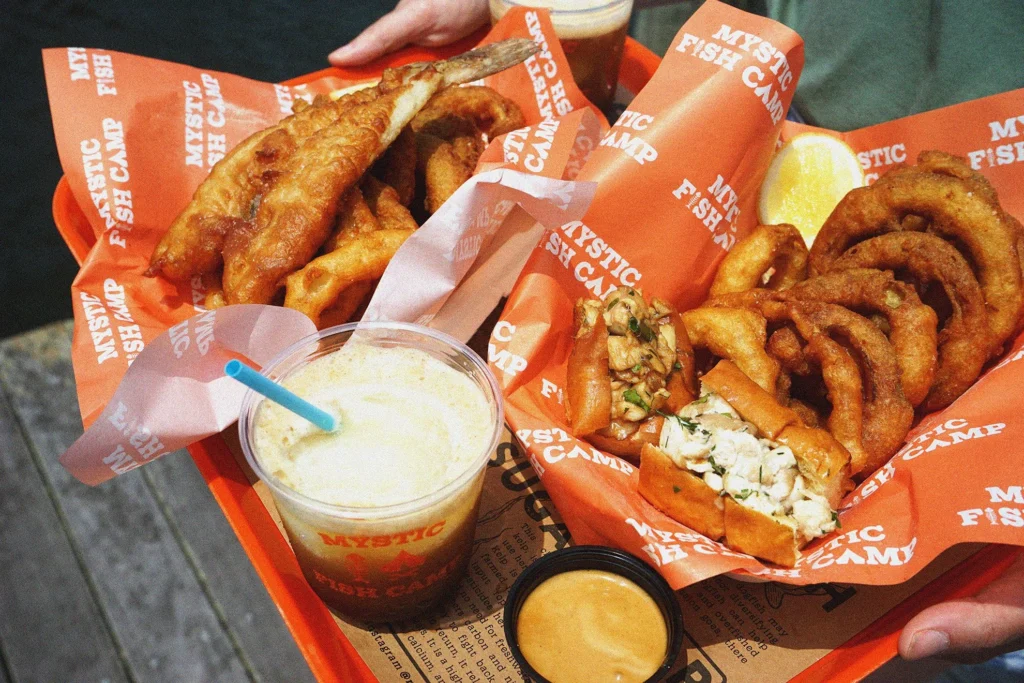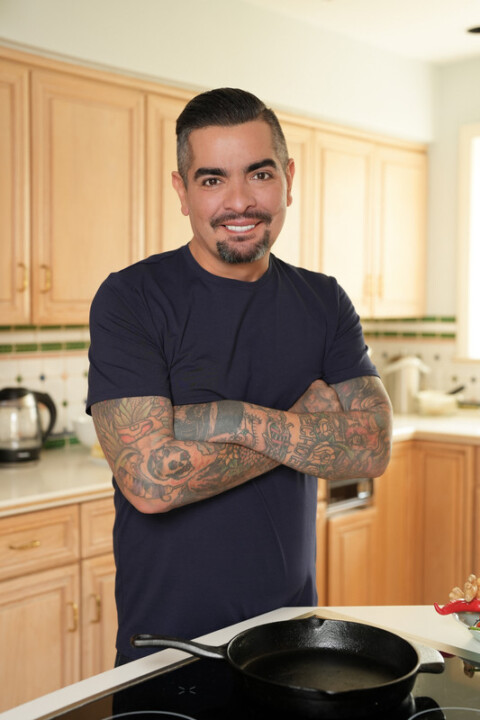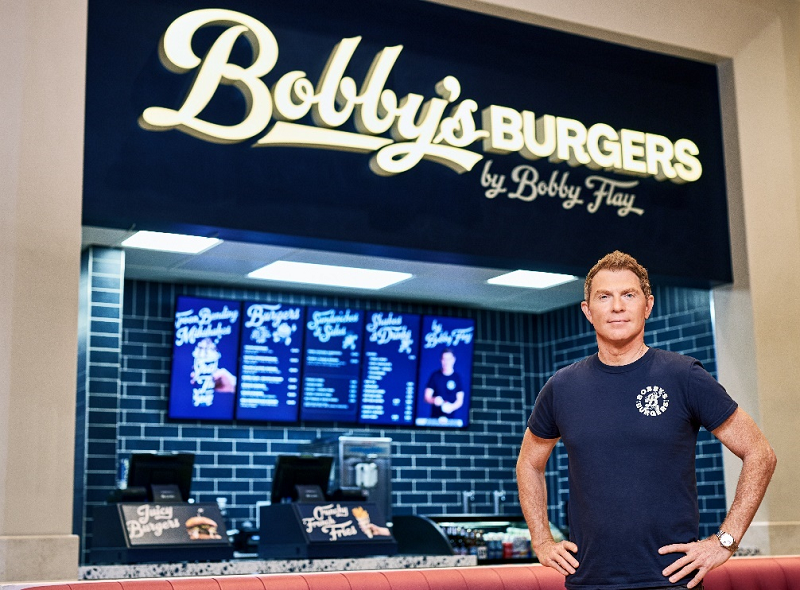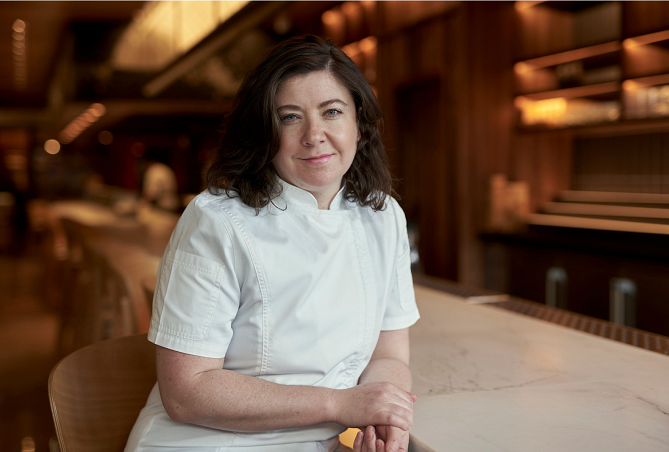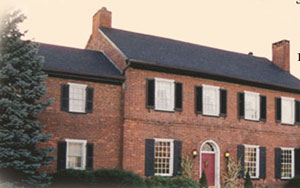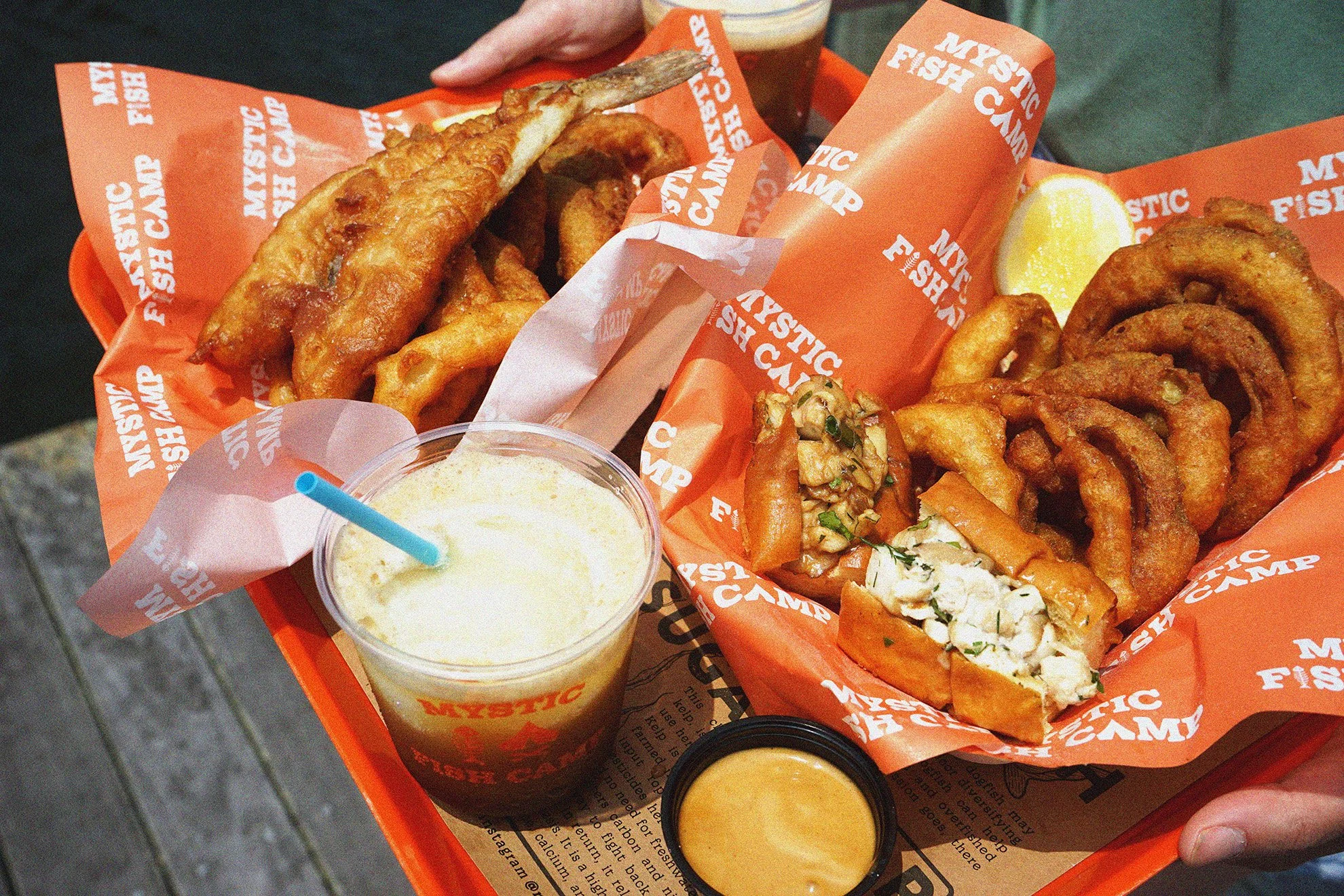
Taste Nostalgia, Inspire Sustainability: Mystic Fish Camp’s Big Splash in the Food & Beverage Industry
This summer, Mystic, Connecticut’s harbor is buzzing with anticipation as a fresh, fun food & beverage concept lands on its shores. Mystic Fish Camp, opening August 25, 2025, promises to blend the laid-back vibe of family dining, barefoot beach cookouts, and retro summer camp nostalgia with bold culinary vision and deep respect for sustainable food and beverage management.
Led by James Beard Award-winning Chef David Standridge and the team behind acclaimed local favorite The Shipwright’s Daughter, Mystic Fish Camp is poised to become the best seafood restaurant near you—serving up classic flavors, creative menu innovation, and a sustainability mission every procurement director and foodservice executive should watch.
Food & Beverage Innovation Meets New England Traditions
A Camp-Inspired Food and Beverage Company Built for Today
Mystic Fish Camp is more than just another restaurant opening. It’s the fast-casual sibling to The Shipwright’s Daughter (featured in The New York Times, Eater, and Forbes), channeling old-school New England fish shacks with a friendly, analog twist. Everything from the logo—a quirky fish skeleton with a tent and bonfire—to the menu’s playful names encourages guests to relax, smile, and dig in.
Chef Standridge declares:
“Everything we serve here reflects our commitment to food and beverage sustainability—and our love of the sea.”
Find more on Chef Standridge at The Shipwright’s Daughter.
With a waterfront setting just steps from Mystic’s iconic drawbridge, the stage is set for both locals and visitors seeking healthy meals near me and unforgettable family dining in Mystic.
The Menu: Sustainable Food Brands, Viral Flavors, and Menu Innovation
Turning “Ugly Fish” Into Culinary Stars
The heart of Mystic Fish Camp’s foodservice innovation lies in its menu:
- Green Crab Bisque: Crafted from invasive green crab—an inventive nod to food and beverage sustainability. $1 from each sale supports Greencrab.org, making every bowl a win for local ecosystems.
- Poor Man’s Lobster Roll: Tender monkfish replaces overfished lobster, served hot with crab butter or cold with zesty lemon mayo.
- Tartare Bowls: Featuring local catch-of-the-day, sugar kelp salad, coconut rice, pickled veggies, roasted summer squash, and crispy gremolata.
- Yellowfin Tuna Burger: Double umami patties with cheddar, togarashi aioli, and housemade milk bread.
- Mermaid Fries: Dusted in sugar kelp salsa verde—bringing a taste of the sea with every bite.
- Campfire S’mores: Housemade graham crackers and cinnamon marshmallows for a sweet finish.
Beverages shine with house-made lemonade, iced tea (frozen and chilled), frozen Arnold Palmers—a nod to beverage industry trends and family-friendly appeal.

Why Local Food Sourcing Changes the Game
Championing Food & Beverage Sustainability With Every Dish
Mystic Fish Camp’s sourcing is a blueprint for f&b and hospitality industry leaders:
- Wild-caught, local fish prioritized over mainstream varieties.
- “Bycatch” species like dogfish and monkfish take center stage, supporting sustainable fisheries.
- Partnerships with CORR (Connecticut Oyster Restoration & Recycling), Greencrab.org, Stonington Kelp Co., and Eating with the Ecosystem reinforce their commitment and offer a model for procurement directors, institutional buyers, and hospitality managers.
Chef Standridge’s approach answers the call for more sustainable food brands, aligning with food and beverage news trends: local food sourcing, menu innovation, and transparent restaurant marketing.
Key Takeaways for Restaurant Owners and Hospitality Managers
Food & Beverage Trends You Can Use
If you’re a food and beverage director or manager, Mystic Fish Camp offers lessons you can leverage at your own venues:
- Embrace Transparent Sourcing: Tell the story of your suppliers and build guest loyalty through sustainable food brands.
- Experiment With Viral Flavors: Integrate trending ingredients like ube, pistachio milk, or adaptogen drinks to stay on the leading edge of menu innovation.
- Tap Into Tech & Trends: Consider hospitality technology to streamline order processing, digital loyalty, and food safety trends—including allergy management and traceability. (Related reading: Tech Trends Transforming the Foodservice Landscape)
- Engage in Local Collaboration: Connect with environmental organizations and local fisheries to bolster food and beverage management and support food and beverage sustainability.
- Market What Makes You Unique: Focus on differentiators—healthy food near me, “best seafood restaurant near me,” family dining in Mystic, or creative beverage services.
Setting a New Standard in the Food Service Industry
Mystic Fish Camp isn’t just opening its doors; it’s sparking a new chapter in food and beverage industry evolution. By championing underutilized local seafood and building a playful, welcoming atmosphere, Chef Standridge and team are redefining what family dining, menu innovation, and food & beverage sustainability look like on the Connecticut shoreline.
Looking for more inspiration? Check out Menu Engineering That Works: How Shake Shack’s Strategic Changes Boosted Profitability and Premium Pricing Strategies: The Capital Grille’s Approach for actionable f&b insights.
Practical Tips for Growing Your Own Sustainable Food & Beverage Business
- Pilot a “Bycatch Special”: Feature a locally-sourced, lesser-known fish on your menu.
- Lean Into Storytelling: Share your food safety trends, hospitality management wins, and sourcing stories via your website, in-menu POS, or on social media.
- Gather Guest Feedback: Use digital tools or low-tech comment cards to learn what adventurous diners want next—think high protein yogurt, plant-based dining, or a THC drink mocktail.
- Foster Community: Build relationships with local institutional buyers and procurement directors to fuel cross-promotion.
Discover Mystic Fish Camp—And Make Your Next Meal Matter
The Connecticut shoreline’s newest sustainable food & beverage company opens August 25th. Whether you’re a hospitality manager scouting menu innovation, a restaurant owner inspired by food safety trends, or a foodie on the hunt for the next best “healthy meals near me,” Mystic Fish Camp is both a destination and an example. Don’t miss out on experiencing—and learning from—one of the hottest food and beverage trends of the year.
Mystic Fish Camp
4 East Main Street, Mystic, CT
Open Thursday–Monday, 11 a.m.–7 p.m.
For more on what’s redefining the food & beverage industry, keep reading Food & Beverage Magazine and join the discussion: What food and beverage news, menu innovation, or food industry awards are inspiring your business in 2025?
Let us know your favorite local food sourcing stories in the comments below!
Meta Description:
Mystic Fish Camp debuts August 25 in Mystic, CT—a retro seafood shack championing food and beverage sustainability, menu innovation, and local sourcing.
Meta Tags:
food and beverage magazine, food and beverage industry, food and beverage trends, menu innovation, sustainable food brands, food and beverage sustainability
Hashtags:
#FoodAndBeverage #SeafoodSustainability #MenuInnovation #MysticCT #FamilyDining
Written by Michael Politz, Author of Guide to Restaurant Success: The Proven Process for Starting Any Restaurant Business From Scratch to Success (ISBN: 978-1-119-66896-1), Founder of Food & Beverage Magazine, the leading online magazine and resource in the industry. Designer of the Bluetooth logo and recognized in Entrepreneur Magazine’s “Top 40 Under 40” for founding American Wholesale Floral. Politz is also the founder of the Proof Awards and the CPG Awards and a partner in numerous consumer brands across the food and beverage sector.



